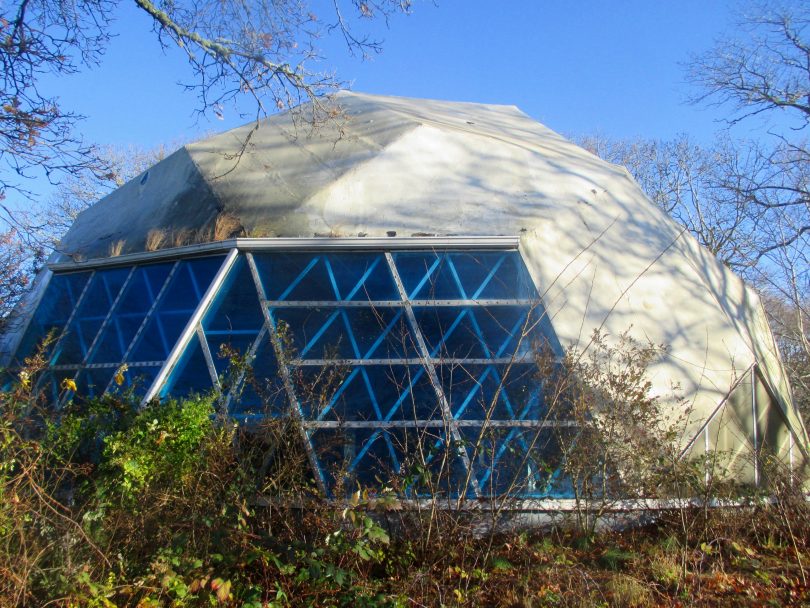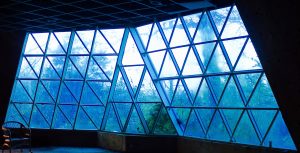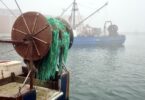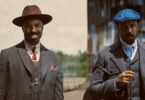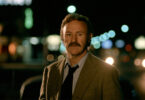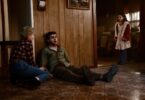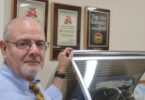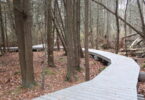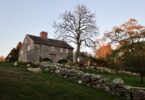WOODS HOLE – It is as if the geodesic spaceship that landed in Woods Hole in 1953 has been abandoned, and now no one knows quite what to do with it.
The Dome, built in 1953 by the late visionary Buckminster Fuller, remains an incongruous piece of look-at-me futuristic architecture in this quaint New England village. Now there is a deserted, ’Planet Of The Apes’ overgrown feel to the building.
The future has gotten old. It has not been used for more than a decade.
The Dome, built in 1953 by the late visionary Buckminster Fuller, remains an incongruous piece of look-at-me futuristic architecture in this quaint New England village. Now there is a deserted, ’Planet Of The Apes’ overgrown feel to the building.
The Dome is considered by some to be an architectural treasure. Because of regulatory stipulations, it can’t be torn down. And because of that, a local group is hoping to find a way to work with the owner to get it renovated and then repurposed as an arts center.
There is a sale is pending on the 5-1/2 acre property that includes other structures that do not have to be saved – a restaurant expansion to the Dome building, and the Nautilus Motel, built in the 1950s.
Jim Fox, a real estate broker with Kinlin Grover told Cape Cod Wave, in an email that the Dome property is “under agreement. I represent both buyer and seller. No other comment at this time,” wrote Fox.
It is unclear what is planned for the property. But the Dome itself will apparently stay forever.
“It’s an albatross on the property,” said Nicole Goldman of the Dome itself. Because the Dome must remain, she said it is something of a hinderance to any future development of this prime piece of Woods Hole real estate.
Goldman lives near the Dome and is the project manager for a informal group hoping to restore and adaptively reuse the Dome as an interdisciplinary arts center.
Her general idea/hope, since the unusual building cannot be taken down, is to have a non-profit group use about a one-acre portion of the property for the arts center, while the developer would create a plan to build on the rest. “The whole project is in limbo until ownership of the property is sorted out,” she said.
Goldman is hoping the building can be repurposed for a public use. “It’s a very unusual structure with immense historical and architectural significance,” said Goldman.
It’s also in terrible shape.

